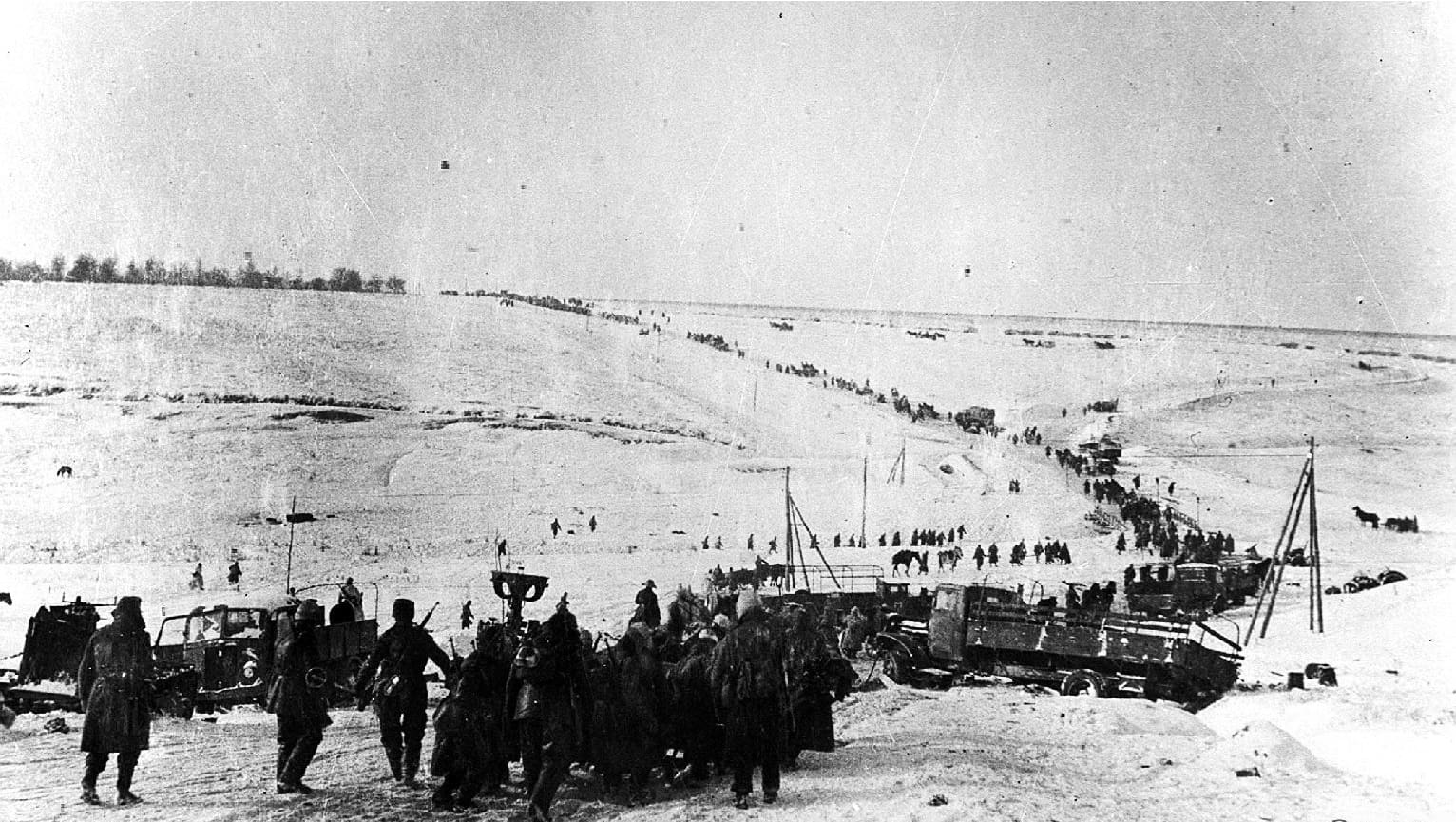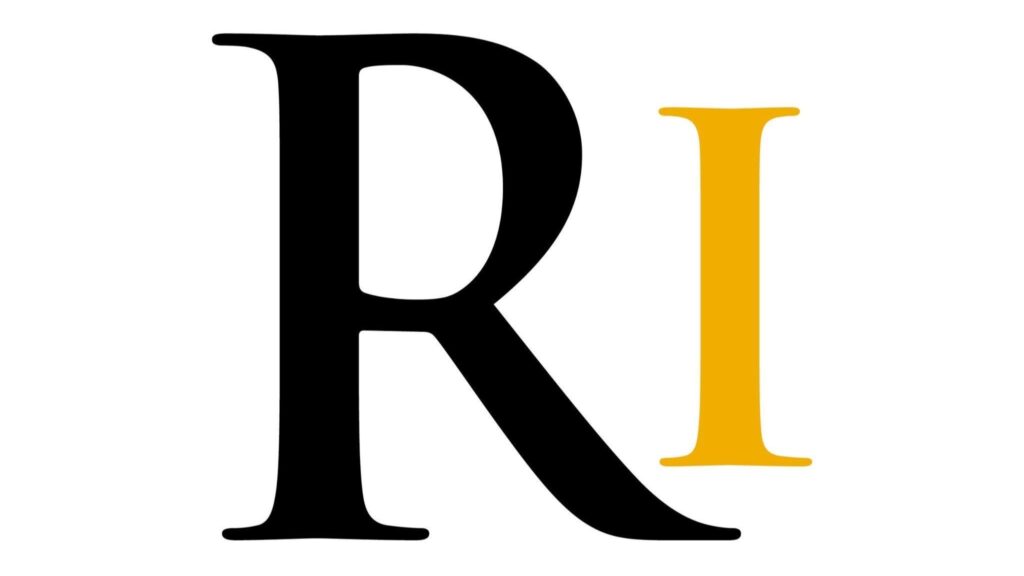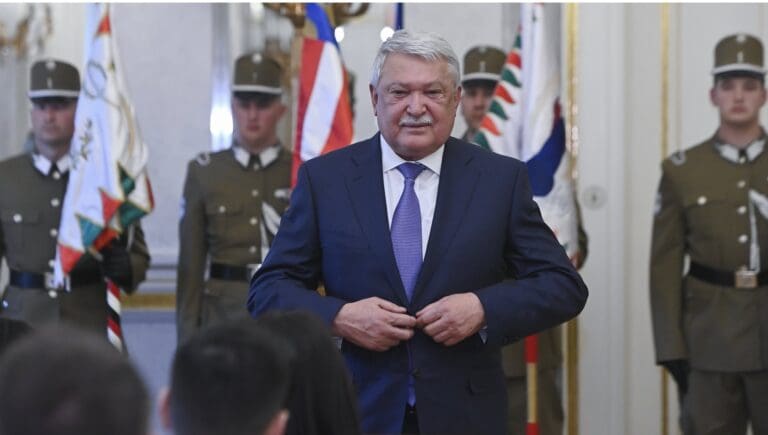The demise of the Second Hungarian Army is among the saddest pages of Hungarian military history. As it is widely known, this army formation was placed into an extremely perilous situation in 1941, defending the Axis lines of defence around the River Don. Their situation became entirely unsustainable after the Germans started to lose ground at Stalingrad. Finally, on 13 January 1943, the advancing Soviet troops broke their line, and swept the Second Army, totally demolishing it.
This military formation was only rescued during the spring of the same year. However, as they suffered extremely high casualties, only a small portion of the original army was able to return to Hungary. And even those who could return were often crippled for life or seriously injured. While their stand was heroic, this event is better remembered for the tragic losses.
The Beginnings
The main goal of Hungarian foreign policy between the two world wars was to break out from diplomatic and economic isolation, as well as to achieve the revision of the Treaty of Trianon,
which took away much of the territory of the country. Since the Western powers were unwilling to give up many concessions, Hungary—during the 1930s—increasingly drifted toward Fascist Italy, and later, Nazi Germany. As new diplomatic alliances and military blocs were forming, and Hungary got closer to what later became the Axis, more and more people, both in Hungary and in Europe, sensed the winds of war.
Regardless of which side it was going to end up on, Hungary also felt compelled to strengthen its army, preparing for the coming conflict—even more so given the fact that the 1920 peace treaty also restricted the country’s military capacity. However, in 1938, the Bled Agreement was signed between Hungary and the formerly victorious ‘Little Entente’ (Romania, Yugoslavia, and Czechoslovakia), giving a green light for the remilitarization of Hungary.
Therefore, Hungary commenced an armament programme, and increased the size of its military personnel as well. Since the number of active duty soldiers increased, a new order of battle was created. It set up three ‘armies’ as the basic framework of the ground forces. The Second Army was made out of the battalions of Budapest, Miskolc, and Szekesfehervar. This new structure was ready in 1940.
By that time, Hungary signed the Tripartite Act, and regained territories in Czechoslovakia, as well as Transylvania, making the country indebted to Hitler and part of the Axis powers both legally and in practice. Yet, the government was reluctant to join the Second World War. In fact, the government of Pál Teleki announced the policy of ‘armed neutrality’, and assisted Poland when it was attacked by Nazi Germany.
However, when Germany attacked the Soviet Union in 1941— after an unclear, allegedly Soviet provocation—Hungary announced to join this campaign. The government was still reluctant to actively participate, sending the lightly armed ‘Kárpát’ Group to combat.
But the Germans placed huge diplomatic pressure on Budapest, and, in 1942, forced them to send a larger combat unit to the Soviet Union.
Therefore, a contingent was made out of the Second Army. It consisted of nine infantry and one panzer army division, as well as an air force squadron. Most of them saw active duty, but some units were allocated for occupation. All of the Second Army was placed under German operational control.
The Second Army and Its Supplies
The army was not modern or up-to-date by any means. It possessed very few automatic weapons or tanks. The tanks were mostly Italian Ansaldo types, therefore not the most effective or massive ones, and had weak firepower. Most of their armed vehicles were slow, and, additionally, the bulk of the infantry was transported via horse carts. The army also included cavalry and bicycle units. These were fast and easily deployable, but in turn, even more outdated. The Germans also reserved first-class ammunition and weapons for themselves, offering only the rest, mostly second-class or outdated supplies, to the Hungarians.
The most advanced division was the so-called First Rapid Battalion, which, as opposed to the others, was fully motorized. Furthermore, the aerial units were also fast, and allowed the military leadership to scout and explore the battlefield.
On the other hand, even these units were made of weakly armed Ansaldo tanks and equally weak Italian aeroplanes. On top of all this,
the conscripted and reserve personnel were inexperienced, and generally poorly trained.
The officers were competent and knowledgeable, but since it was two decades after the First World War, most of them had not seen any action since then either. To sum it up, the Second Army, as a whole, was slow and very vulnerable due to supply issues, and its eclectic composition.
Holding the Line
The Second Army’s deployment to the front line was done during the summer of 1942. Most of them were initially stationed near the city of Kursk, and saw action there first. Other units, however, were engaging in battles against Soviet partisans in the nearby, vast forests. The bulk of the army later also took part in the victorious Battle of Tym. After taking this city, the Hungarian units advanced toward the River Don, which ended up cementing the army's name in infamy. It can be said, more or less, that the defence lines and bridgeheads around the river were the final and main deployment area of the army from 1942 to 1943.
The lack of modernization of the army was shown during the first battles. Their artillery was ineffective, and thus, most Soviet holds were to be taken via infantry charge, which caused unsustainable losses to the army. However, during 1942, the Soviets were still on the run, and the Germans were advancing on Stalingrad as well.
By late 1942, only three bridgeheads were still controlled by the Soviets, but the Axis forces pushed to take these too. This campaign consisted of three battles around the village of Uriv. However, eventually, the Axis forces were unable to take the whole Don-line.
This campaign turned out to be especially disastrous for the Second Hungarian Army.
Not only did they suffer abysmal casualties while charging the Soviet lines, but also, after the frontlines froze, the Hungarians were left to defend the Don-line alone, as the Germans concentrated on Stalingrad. Therefore, from the autumn of 1942 a weakened and decimated Second Hungarian Army was left to hold up any possible Soviet counterattacks along the river. Since the Germans were losing the Battle of Stalingrad, an attack was to be expected from that direction. However, the Germans refused to provide aid or reinforcement for the Hungarians. The Second Army was doomed to face its incoming end.
Related articles:








